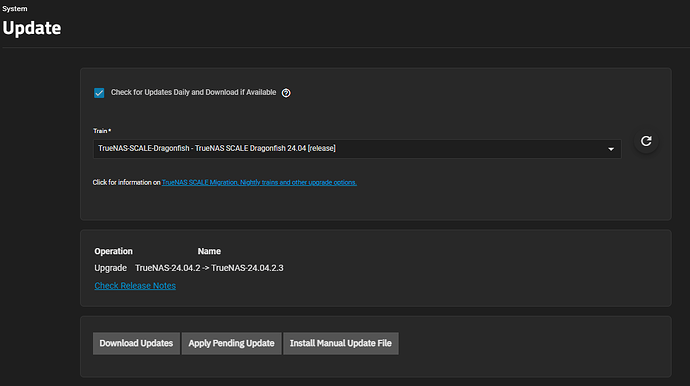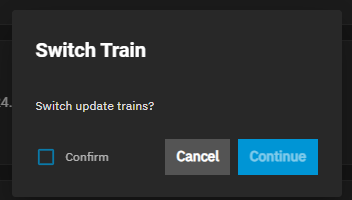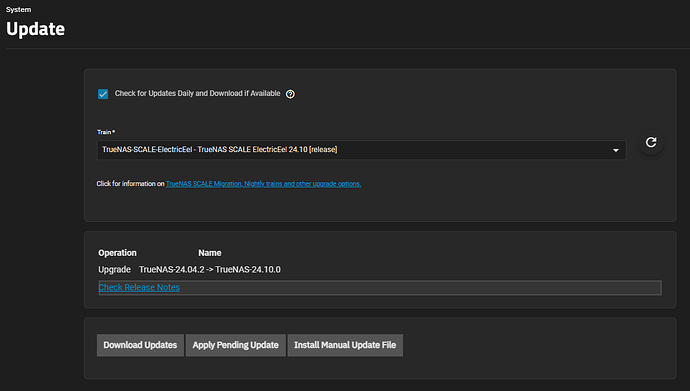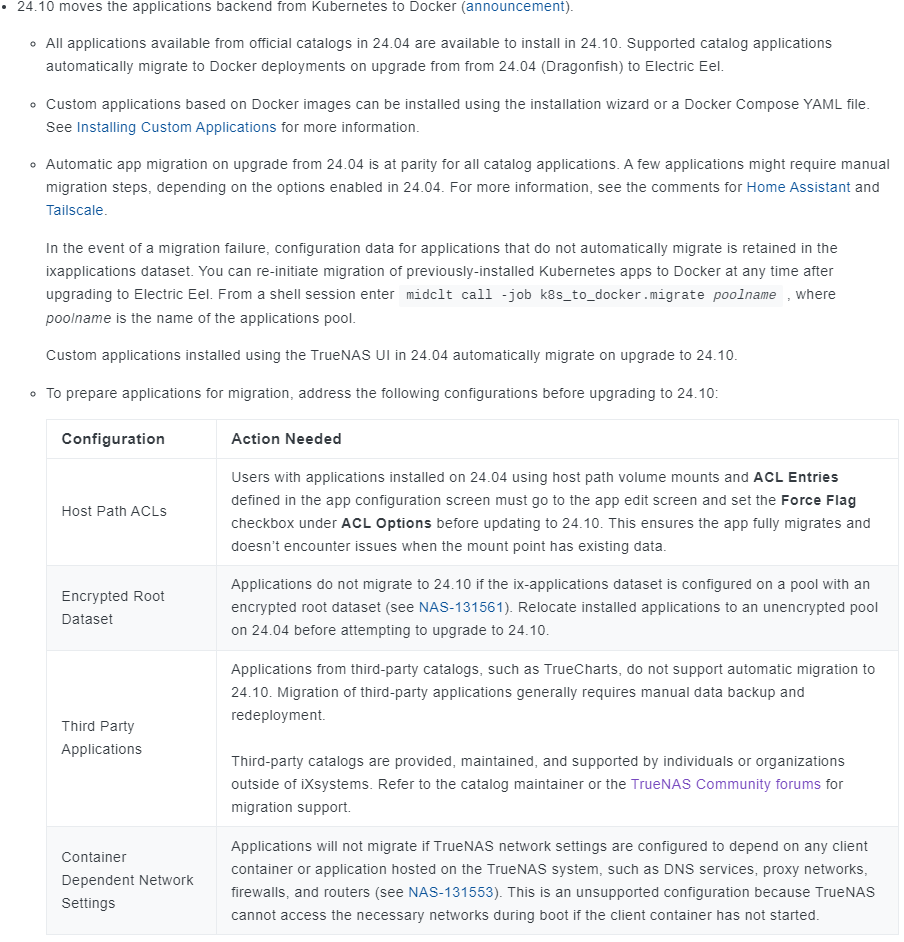To avoid any doubt, whilst I am generally supportive of iX’s long-term efforts and the resulting great TrueNAS software, I am on open public record as being critical about:
- iX 's decision to migrate direct from Helm to Docker without any overlap; and
- of them encouraging 3rd party Helm catalogues and only then to dump them without notice; and
- their poor communication about the reasons for their decisions.
A few comments on your response:
Most people who were using the TrueCharts catalogue are probably not on Discord at all, or not on the TrueCharts Discord server or if they are then only in case they need support and are not active watchers/readers. From my perspective, and with the benefit of hindsight, Discord was probably not the best route to communicate your reasoning at the time.
I am on Discord for many many software products in case I need support, but I don’t have time to follow or read any of them.
Apologies - I thought I had read in your previous post that you had had some conversations with iX, but it appears that I was mistaken.
As you say, you cannot explain conversations which never happened. And the fact that they never happened was down to iX - who were intending to drop 3rd party catalogues and were therefore responsible for both ensuring that they understood the consequences and for playing nice with those 3rd parties who invested in supporting TrueNAS’ 3rd Party catalogue request.
Understandable. As is a decision to stop investing any more time in keeping existing apps updated or including new ones.
However (with the benefit of hindsight) there were other ways to discourage users from installing TrueCharts unless absolutely necessary and informed about the future issues such as adding a warning to each and every catalogue entry for TrueNAS Scale users to see.
Or if you were going to remove the catalogue entries, why not leave an empty catalogue rather than have thousands of users worldwide receive a completely unexpected error about a catalogue not being downloadable.
Put simply, IMO there were more user friendly, and nicer, ways to pull the plug that the one you took.
Perhaps I am also at fault here for not looking at Discord and communicating with you there once things started to go belly up for us users.



